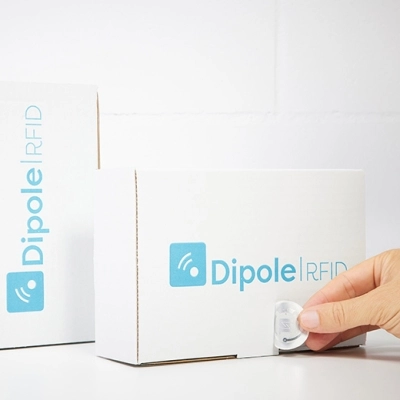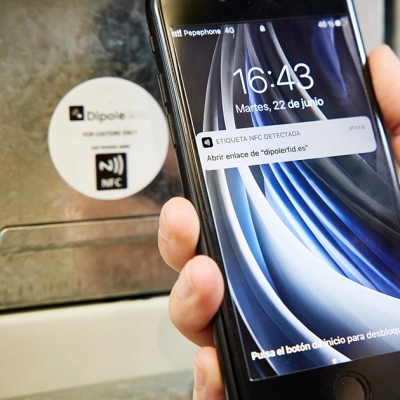
01
NFC Technology Systems
NFC technology, or near-field communication, allows smartphones and other NFC-enabled devices to communicate with other devices or items that contain an NFC tag.
Whether you're moving your smartphone along the shelf in a store, passing it near an artwork in a local museum, or putting your phone close to a friend's to share the latest games, near-field or ‘contactless’ technology enables you to pay, play, authenticate and learn with ease.
02
Near Field
The most common applications of NFC technology are those that need a near field to communicate, such as payment gateways in retail, access control at events or on public transport, or product authentication in industrial companies.

